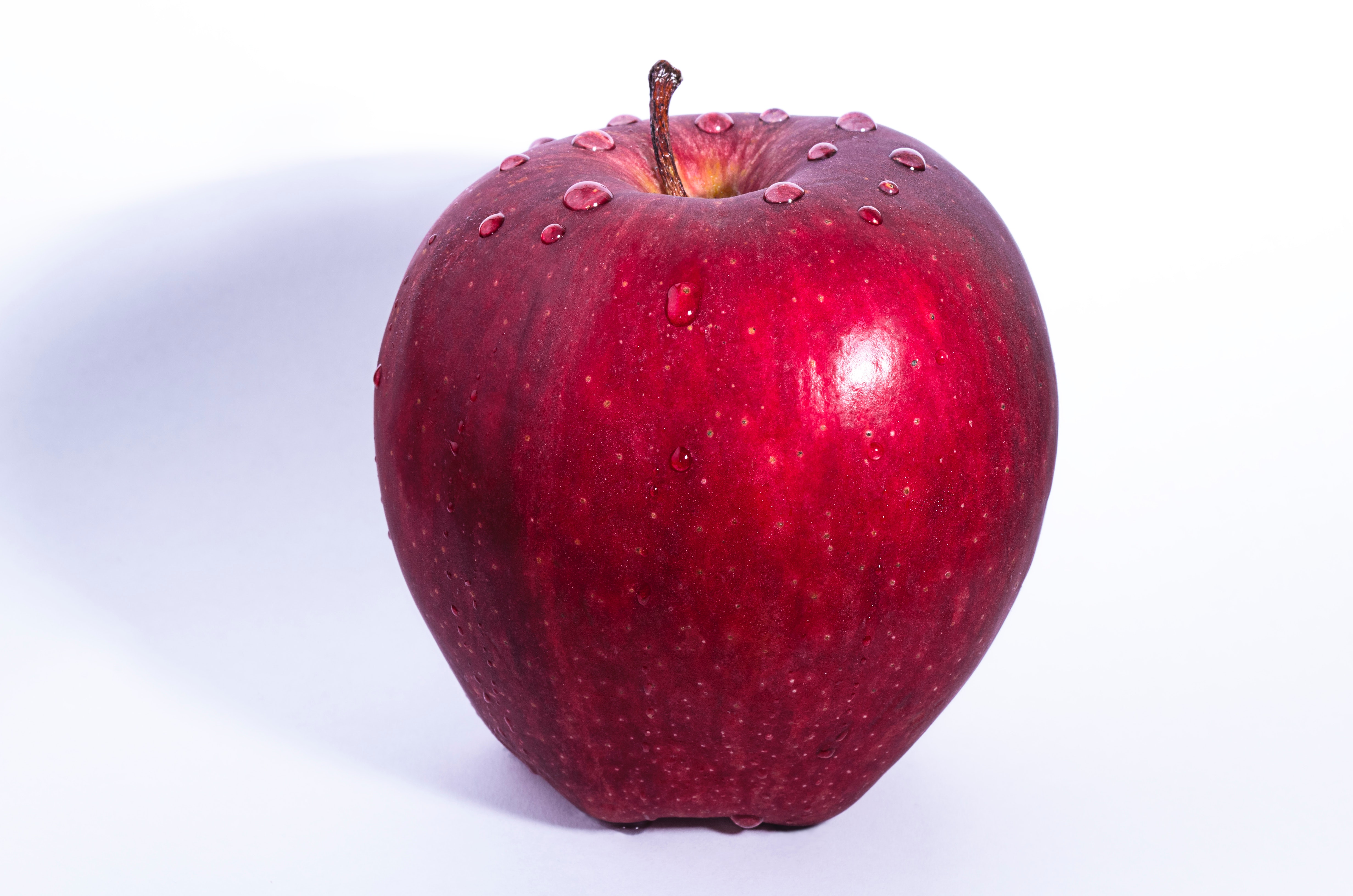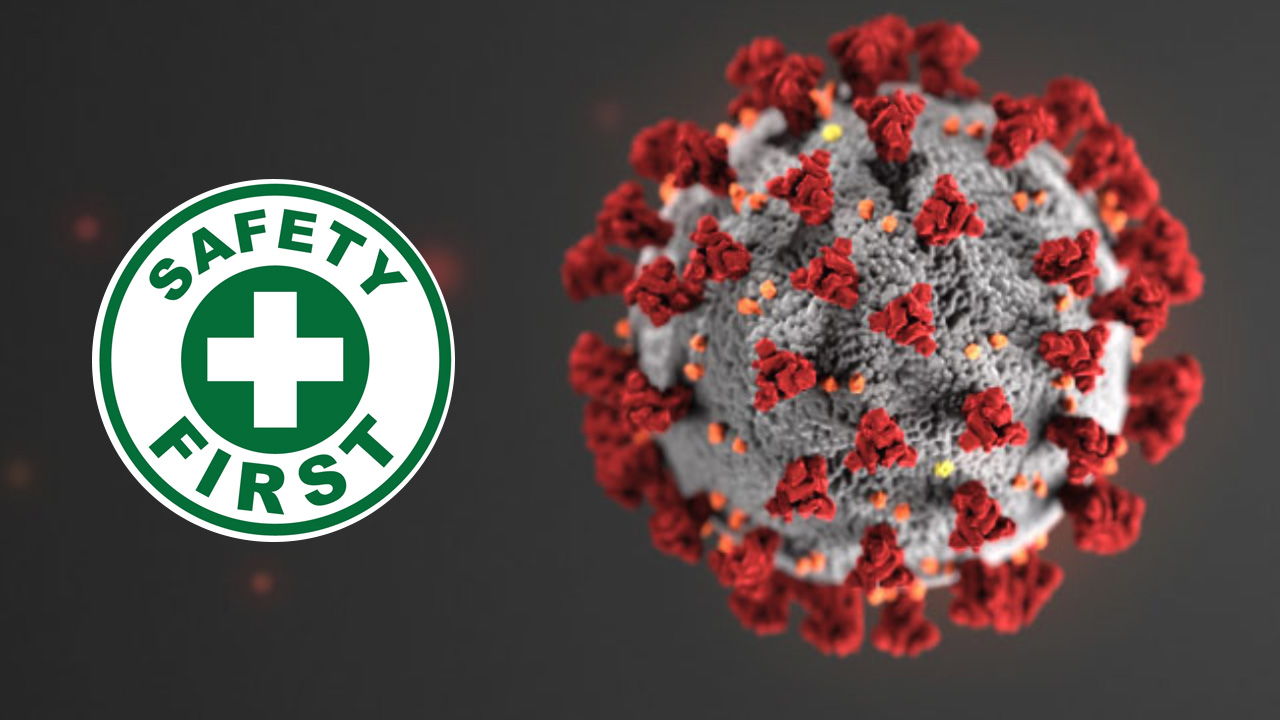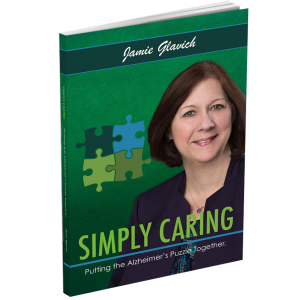
How Do I Start the Day?
Everyone has a morning routine. When you are caring for two, routines need to be altered a bit to make sure your needs as the caregiver are met as well as the needs of your loved one. As a caregiver, you will learn the importance of getting ready first.
Starting the Day
The best way to start the day is to know what you and your loved one are going to wear. Having clothes ready in advance, the pre-planning, will help alleviate the back and forth of trying to pick out something that your loved one wants to wear. If you have been following my stories, I am all about pre-planning! Why wait for the crisis or “battle” to occur when it can be prevented and help to reduce the stress of the morning.
You will learn as the disease progresses that dressing your loved one will change, possibly from day-to-day. Just go with the flow. How they dressed in the past and how they performed their own personal grooming is now a changing process.
Food Preparation
Once everyone is dressed, it’s time for breakfast. This is also a great place to utilize pre-planning. Have the food ready before your loved one sits down. If it is not ready, they might lose interest in sitting down to an empty table and will get up and walk away.
Stay Hydrated
It is so important to start the day with hydration and nourishment. Your loved one has probably not had anything to eat since the dinner meal the night before. Blood sugars are low and blood pressure is probably low as well. The highest risk for falls is in the morning because of this drop in pressure and sugar.
I have listed lots of ideas for food preparation and hydration. Please take the time to read this chapter of Simply Caring. These hints will help you get through the start of your day. Once the breakfast dishes are cleaned up, its time to focus on afternoon activities.
Highlights from the book Simply Caring: Putting the Alzheimer’s Puzzle Together by Almost Home CEO Jamie Glavich. View more at SimplyCaringBook.com.











